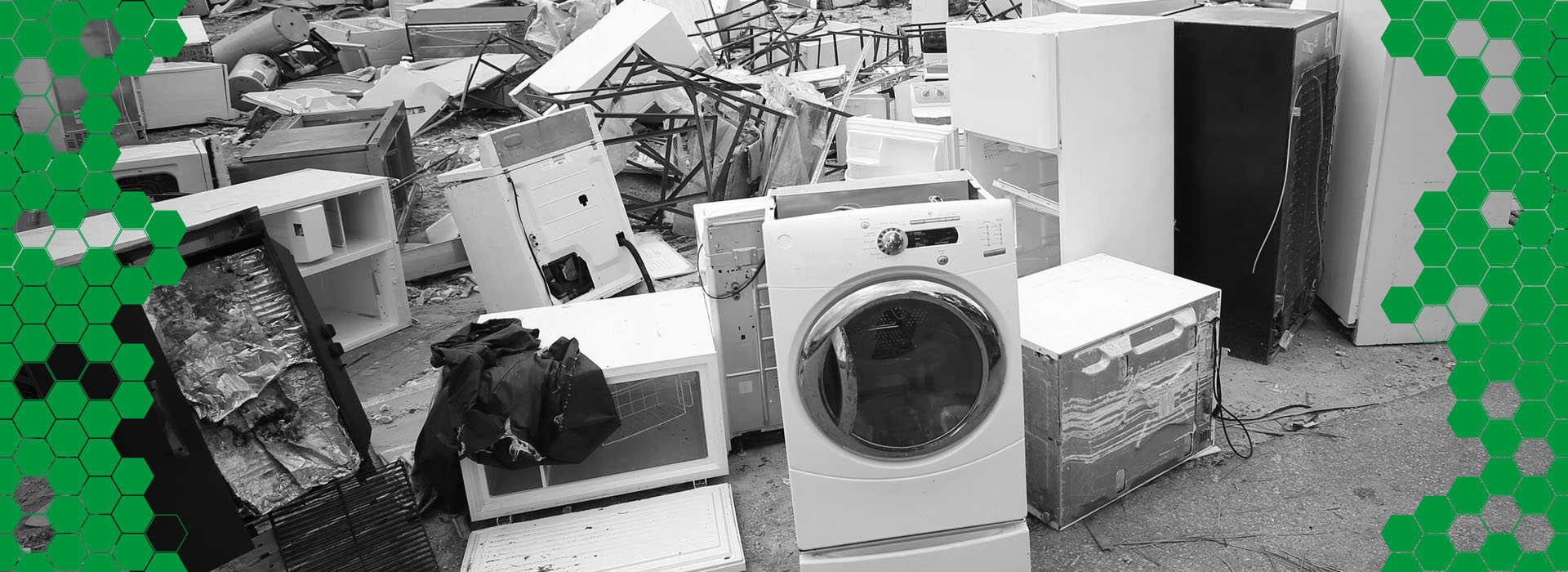
Did you know that many of the problems faced by the environment are caused by the ordinary household? That means you and me. Private households account for 30-40% of all environmental impact.
A massive 60-70% of the world’s energy is used by home electrical products according to the US Department of Energy and the majority of this percentage is used by ‘white goods’, which include refrigerators, freezers and washing machines. The remaining percentage is taken up by products known as ‘brown goods’, which are essentially entertainment items such as televisions, video recorders and audio equipment.
The disposal of electrical items, particularly white goods (fridges, freezers, washing machines etc.) is currently causing a massive problem in how to dispose of it. There is less and less landfill space available. In the EU waste electrical and electronic products account for 6.5 million tonnes of waste each year. This is unacceptable waste.
We all have a responsibility to try and avoid sending appliances and electronic goods to landfill.
Another growing concern is over the disposal of small appliances such as kettles, coffee and tea makers, toasters, sandwich toasters, deep-fat fryers, food mixers, juicers, electric irons, electric shavers, hair-dryers and electric toothbrushes; these are easily disposed of in the normal household waste stream and become "invisible". It is estimated that over eight million small appliances are discarded each year in the UK, virtually all of them ending up in landfill. The EU Directive has set recycling targets for all types of household appliances - 50% in the case of small appliances.
Some interesting facts -
Consider this - Between 1970 and 2000, energy consumption in lighting and appliances increased by 157 per cent.
The economic life expectancy of any product is extremely difficult to determine. Consumers often complain that the goods should have “lasted” longer when they develop a fault. The fact is that in most cases once a repair has been completed the goods will probably go on to function or “last” for a considerable period of time.
While the list below is not a comprehensive one, it gives a general indication of average life expectancy for a range of product types.
Life expectancy is the length of time a product would reasonably be expected to be able to be economically repaired or where the spare parts are available. Some cosmetic parts may not be available for the same period of time as functional parts. It does not imply that goods should function for a given period of time without going wrong or that the repairer should not make a reasonable charge for a repair.